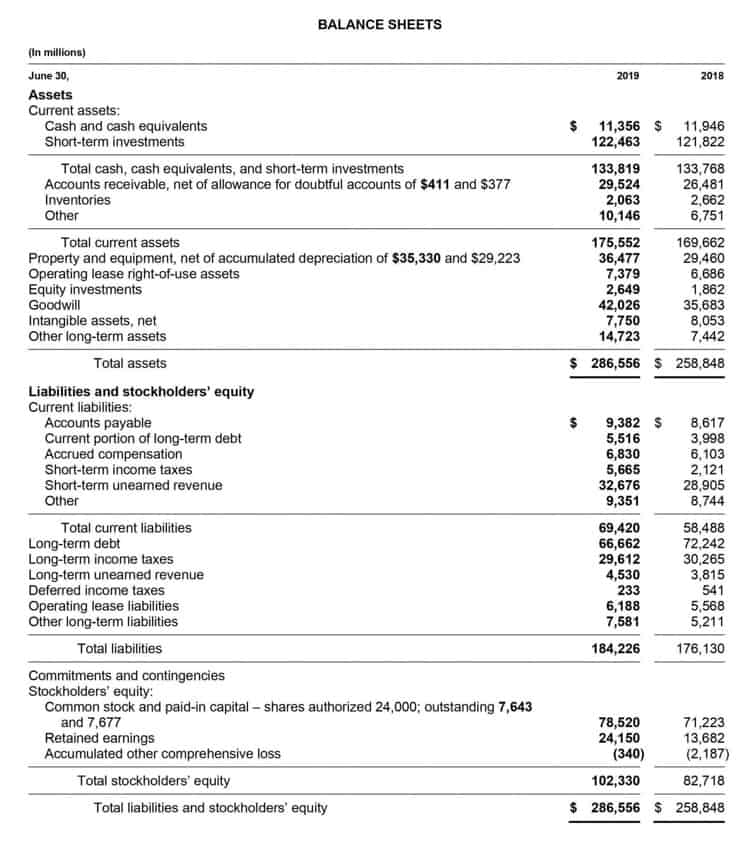
The salvage amount or value holds an important place while calculating depreciation and can affect the total depreciable amount used by the company in its depreciation schedule. Salvage value is also known as scrap value or residual value and is used when determining the annual depreciation expense of an asset. In accounting, an asset’s salvage value is the estimated amount that a company will receive at the end of a plant asset’s useful life. It is the amount of an asset’s cost that will not be part of the depreciation expense during the years that the asset is used in the business. Salvage value is a key element in financial planning, representing the estimated residual worth of an asset at the end of its useful life.

Debt Refinancing: Principles, Types, and Financial Impacts
First, companies can take a percentage of the original cost as the salvage value. Third, companies can use historical data and comparables to determine a value. Both declining balance and DDB require a company to set an initial salvage value to determine the depreciable amount. From this, we know that a salvage value is used for determining the value of a good, machinery, or even a company.

How do you calculate an asset’s salvage value?
A financial professional will offer guidance based on the information provided and offer a no-obligation call to better understand your situation. Someone on our team will connect you with a financial professional in our network holding the correct designation and expertise. Our writing and editorial staff are a team of https://www.bookstime.com/ experts holding advanced financial designations and have written for most major financial media publications. Our work has been directly cited by organizations including Entrepreneur, Business Insider, Investopedia, Forbes, CNBC, and many others.
- In accounting, an asset’s salvage value is the estimated amount that a company will receive at the end of a plant asset’s useful life.
- Besides, the companies also need to ensure that the goods generated are economical from the customer’s perspective as well.
- Sometimes, an asset will have no salvage value at the end of its life, but the good news is that it can be depreciated without one.
- All of our content is based on objective analysis, and the opinions are our own.
- Residual value formulas differ across industries, but its general meaning—what remains—is constant.
- Have your business accountant or bookkeeper select a depreciation method that makes the most sense for your allowable yearly deductions and most accurate salvage values.
Create a Free Account and Ask Any Financial Question
- When it comes to vehicles, salvaged or not, an older vehicle is worth less than a newer vehicle.
- The salvage value calculator evaluates the salvage value of an asset on the basis of the depreciation rate and the number of years.
- By definition, Residual value is the value of an asset at the end of its useful life.
- Regular maintenance and timely repairs can prolong an asset’s operational life and enhance its eventual salvage value.
- For instance, a vehicle’s salvage value might decrease if newer models with better fuel efficiency become available.
- If a business estimates that an asset’s salvage value will be minimal at the end of its life, it can depreciate the asset to $0 with no salvage value.
- In many cases, salvage value may only reflect the value of the asset at the end of its life without consideration of selling costs.
Conversely, during downturns, demand may wane, reducing the potential resale price. Understanding the broader economic environment is essential when estimating salvage value. Sometimes, an asset will have no salvage value at the end of its life, but the good news is that it can be depreciated without one.
An estimated salvage value can be determined for any asset that a company will be depreciating on its books over time. Some companies may choose to always depreciate an asset to $0 because its salvage value is so minimal. Salvage value is important in accounting as it displays the value of the asset on the organization’s books once it completely expenses the depreciation. It exhibits the value the company expects from selling the asset at the end of its useful life. Salvage value is a critical concept in accounting and financial planning, representing the estimated residual value of an asset at the end of its useful life.

If the same crane initially cost the company $50,000, then the total amount depreciated over its useful life is $45,000. Book value is the historical salvage value cost of an asset less the accumulated depreciation booked for that asset to date. This amount is carried on a company’s financial statement under noncurrent assets.
Do you own a business?

For instance, using the straight-line method, the asset’s cost is What is bookkeeping evenly distributed over its useful life, resulting in a consistent depreciation expense each period. In contrast, the declining balance method accelerates depreciation, offering larger expense deductions in the earlier years. The salvage value guides not only the total depreciation expense but also its distribution across financial periods, impacting the asset’s book value and the company’s financial statements. Salvage value influences financial statements beyond depreciation calculations, affecting a company’s balance sheet, income statement, and cash flow statement.
Leave a Reply